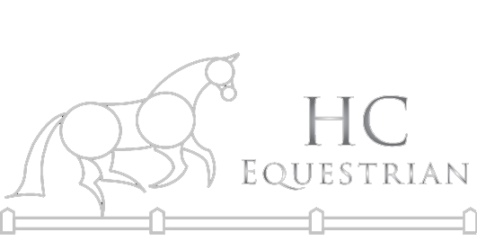One thing I consistently noticed in both racehorses and trail horses that come into the arena is misunderstanding. Both trail riding and racing have a destination specific goal. Trail horses are typically ridden over the same trail only once or twice in a session. Racehorses have to travel to a point, then they can slow down. The concept of the short and fat trail/racetrack that we call an arena is confusing at first to these horses.
Imagine if you had never heard of an endless swimming pool. If you saw one, you would rely on your previous experience with similar bodies of water. You might think it’s a weird hot tub, mundane fountain, or comically short lap pool.
The trail horses and race horses seem to have the same trouble with arenas as the people who haven’t read In Flight magazine might have with endless pools. Often horses who are new to the arena will go slower in one spot, then fast in another. They will try to stop in certain spots (usually by the gate). This can often be labeled as gate sour or barn sour, but I think it’s just a misunderstanding about the concept of an arena to these trail and racetrack horses.
So what to do? Plenty of boring training. Lots and lots of walking around the arena on a loose rein. I coach the horses a little bit, like asking them to keep going if they stop, or getting them to walk again if they start jigging. Otherwise, I leave them alone. Their tempo will even out eventually.
This ride with Blue was about 20 minutes walking around the arena before he steadied his tempo, then seven more minutes until he could keep his tempo steady in the opposite direction. Then I dismounted. No need to trot until we can walk well consistently. If we tried to trot before we got the walk steady, we would have the same inconsistent tempo problems in the trot.
Our goal is a steady tempo at the walk early in the ride, which we acheived in the next session, along with my next three goals. They were relaxation, stretching down, and long walk strides. This is how we we will learn the free walk.
When Blue and I compete in Kentucky in the fall, we will be required to ride Training level, test 2. In this dressage test, the free walk has more clout than any other movement. It is worth double points, and in the collective marks factors into about 1/3 of the score for the horse’s gaits. It’s also a key factor in the judges’ scoring of impulsion and submission.
No matter if you look at developing a good free walk for competition purposes, or for training purposes, it is one of the key basics that we build our foundation if training on.


